SAUDI ARABIA
Pipe Details
- Corrosion on a 36-inch fuel gas pipeline
- Maximum Allowable Operating Pressure 500 psi (34.47 bar)
- Design Temperature 150°F (65.5°C)
- Operating Pressure 435 psi (29.9 bar)
- Max. Flow Rate 608 mmscf/d
Summary
- 36-inch (914.4-mm) diameter line carrying fuel gas
- Corrosion resulted in diminished wall thickness
- 26.25 ft (8 m) with 40-70% metal loss, 925 ft (160 m) with <40% metal loss
- No hot work
- No interruption to operations
- No negative environmental consequences
A 36-inch (914.4-mm) gas pipeline feeding into a large, independent water and power production (IWPP) plant was damaged by external corrosion over a length of 160 m (525 ft). The pipeline, which was operating at 450 psi, was above a canal crossing. Metal loss was ranging from 40% to 70%. The pipeline was vital to the IWPP and had to remain in operation while the repair was made.
The IWPP owner has worked with CSNRI composite systems for more than 5 years and has seen the benefits of the company’s expert engineering and superior products and has had good results with installations carried out by experienced local distributors. Multiple repairs over this time period have proven the quality and value of the repairs in terms of performance and lower maintenance costs.
CSNRI experts assessed the damage to the pipeline and developed a repair using ThermoWrap® Inspectable, a custom engineered repair system that uses a fiberglass, composite-reinforced coating to deliver high strength characteristics. Its thick, non-crimped, bi-axial glass fiber architecture and resin combine to deliver a reliable repair with only a few layers. This proprietary repair system is designed to work in high temperatures and is suitable for process piping and chemical processing lines.

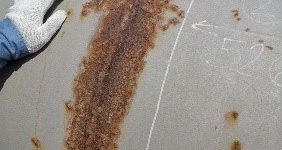
Scaffolding was erected to afford access to the installers who carried out the repair to the gas pipeline, and work got underway.
The first step of the installation process was to prepare the surface of the pipeline to improve adhesion of the composite wrap to the metal surface. Because of the possibility that sparks from power tools and abrasive blasting could lead to an explosion, technicians used hand tools to prepare the surface of the pipe to achieve an St3 surface cleanliness, removing rust, coating, and other contaminants to produce a thoroughly prepared surface prior to the application of the composite system.
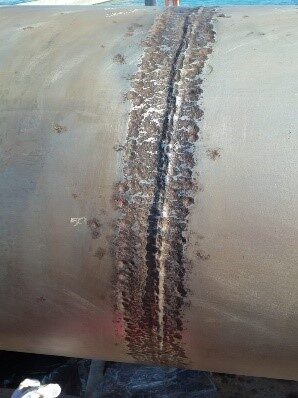
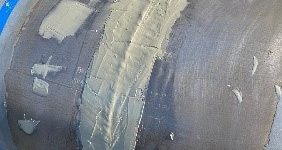
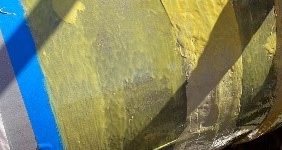

Once the surface of the pipe was prepared, a team of technicians provided by a local contractor filled in pitting and uneven surfaces with Thermo Fill HT before wrapping the line with the fiberglass cloth saturated with Thermo-poxy resin.
Engineering calculations determined two layers of composite over most of the pipeline and 10 layers over the Girth-weld joints that were the most severely corroded. Installers wrapped the finished repair with blue compression film to compress the system until the composite cured.
The CSNRI composite repair solution allowed the IWPP to address the corrosion issues on the gas pipeline without shutting down the facility or introducing additional hazards to the site. The line was rapidly restored to safety with a repair that also will minimize future damage.
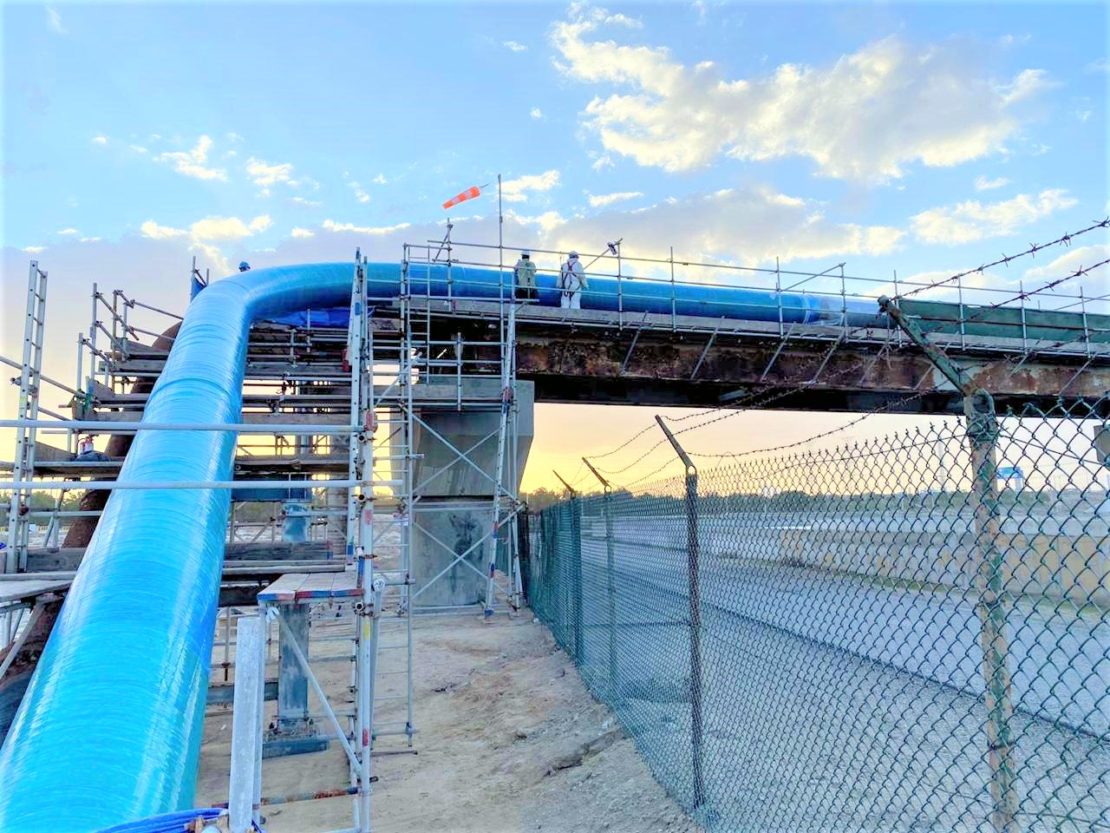
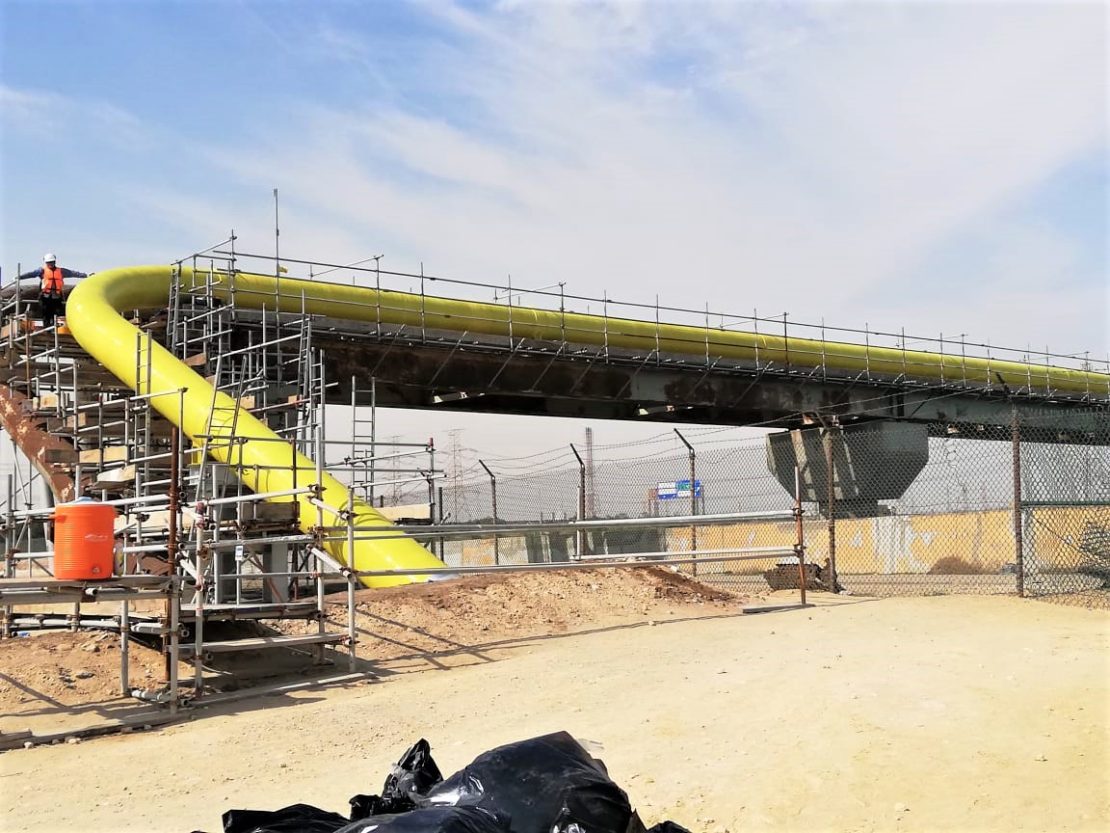
The CSNRI composite repair solution allowed the IWPP to address the corrosion issues on the gas pipeline without shutting down the facility or introducing additional hazards to the site. The line was rapidly restored to safety with a repair that also will minimize future damage.

